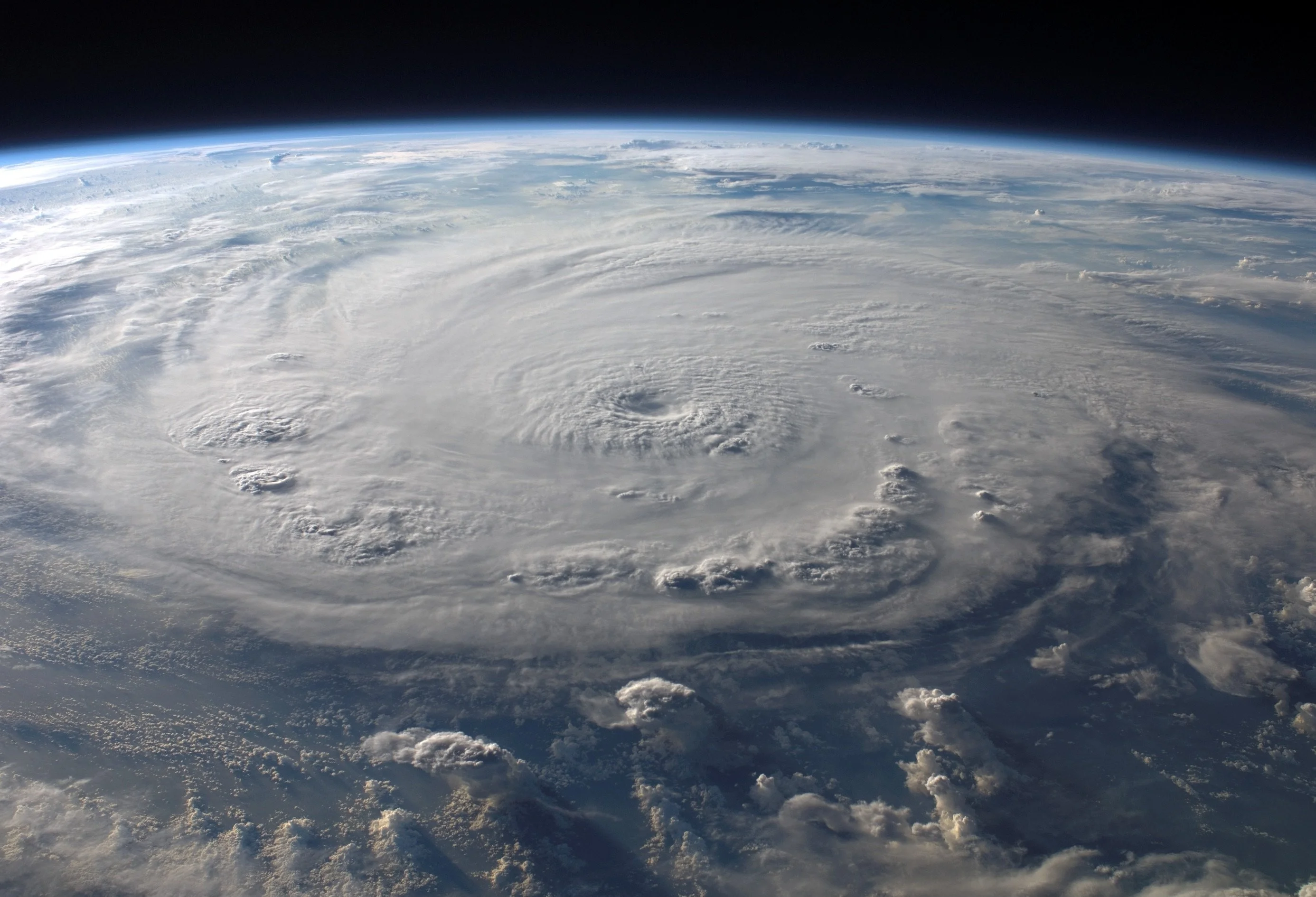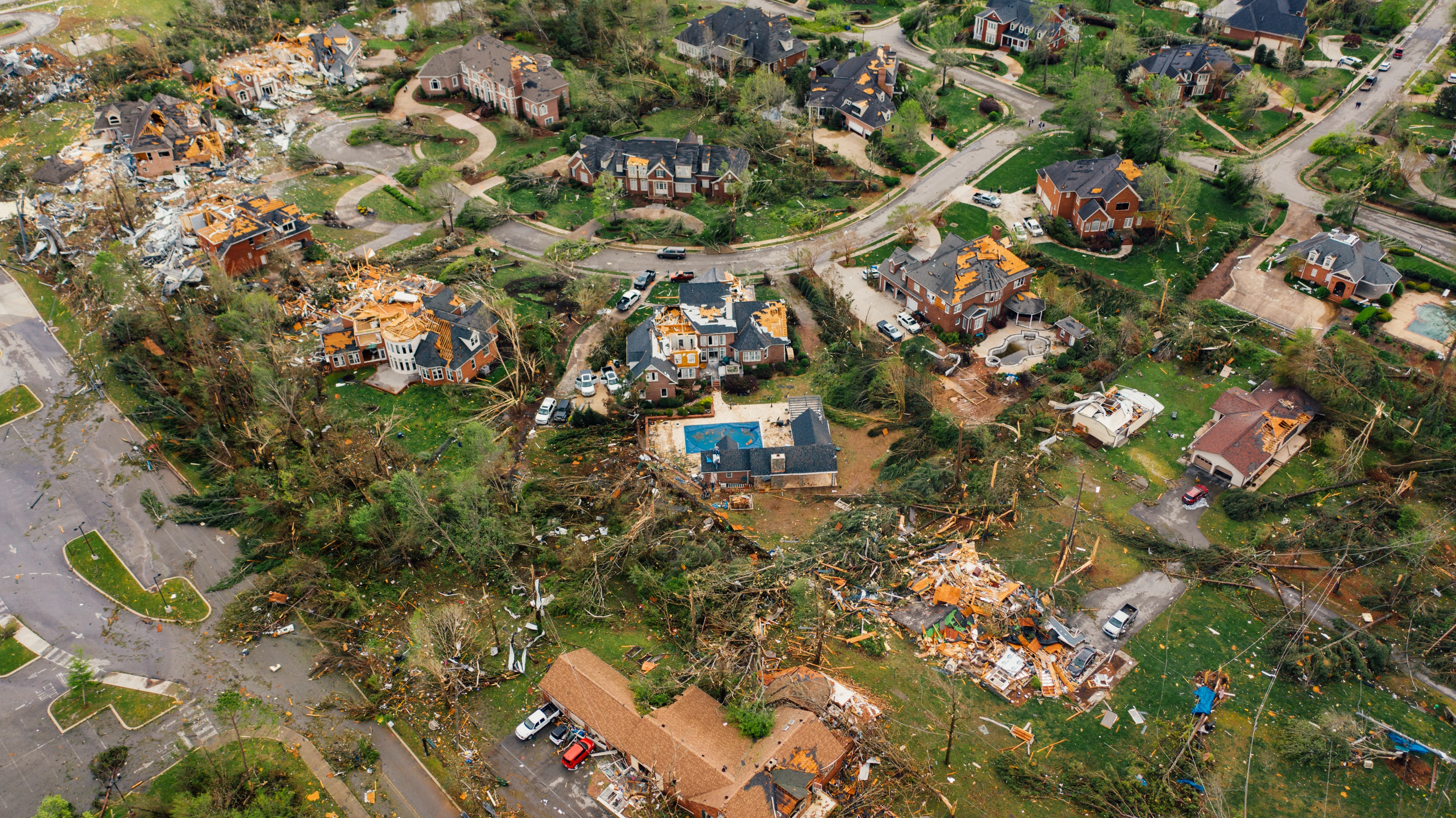
Hurricane Katrina was a category 5 major hurricane that hit the regions of Bahamas, South Florida and New Orleans among several other States. The Hurricane occurred in 2005 and comprised one of the costliest natural disasters to have beleaguered the United States of America. Over 1000 people died as a result of the hurricane. Thousands of others were injured and displaced from their homes. The majority of the deaths occurred in New Orleans where the Hurricane was exceedingly strong. [“Write my essay for me?” Get help here.]
The Hurricane began in the Bahamas on August 23, before spreading towards Florida. It moved at speeds exceeding the 100mph mark. Hurricane Katrina was made up of strong winds and heavy rains which went on for hours. Initially, the Hurricane began as a tropical depression before converging into a ring of storm clouds. At this stage, the storm was named the Tropical Storm Katrina. By August 24, the winds that made up the storm moved at speeds of 65 Kilometers per hour (Zimmerman, 2015). By the time the storm had reached Florida, it had transformed into a category 1 hurricane. In the first landfall in Florida, it killed two people. Overtime, it reduced and was again categorized as a storm. On the passing of over water, the storm intensified. This occurred over the Gulf of Mexico. It was again reclassified as a hurricane, and by August 28, the hurricane had reached the category 5 mark. The wind speed stood at 175mph. [Need an essay writing service? Find help here.]

The storm arrived in New Orleans on 29th of August 2005. This was 5 days after it had begun in the Southeastern regions of Bahamas (Zimmerman, 2015). The bigger percentage of the destruction of property occurred in New Orleans. More than any other State, New Orleans bore the devastating effects of Hurricane Katrina. On reaching New Orleans, Hurricane Katrina overpowered the levees and drainage canals which had been developed to prevent flooding. However, the levees were constructed for a category 3 storm while Hurricane Katrina was a category 5. Water seeped onto the soils that were beneath the levees and even destroyed the entire levee structure in certain segments. The levees were overwhelmed and thus allowed for water passage. Consequently, over 80% of the entire city was under water, and residents were compelled to climb onto rooftops. The most. St. Bernard Parish, St. Tammany Parish and Plaquemines Parish were the hardest parishes in New Orleans. Essentially 81%, 70% and 80% of housing units were destroyed in the parishes respectively (Zimmerman, 2015).

The federal response to the catastrophe saved many lives. It further ensured that the evacuated individuals in the Louisiana Superdome were extended basic resources, which enabled them to survive the Hurricane. However, there were several faults in the response initiatives to the Hurricane. To begin with, the evacuation process was rather lackadaisical. Over 26,000 were stranded at the Superdome for a long time (Williams, 2006). In the Superdome, they had to contend with the worst of privations. The calls for evacuation came through 19 hours after the devastating floods had hit the city. This led to the deaths of many individuals, a circumstance which could have been avoided. Alternatively, it was not until after four days that the FEMA buses were deployed to New Orleans to rescue the stranded (Williams, 2006). This was long after many of the afflicted had succumbed.
Government mismanagement in response further constituted a significant error. There was no coordination between the rescue and emergency agencies which were participating in the rescue efforts. Essentially, FEMA which was supposed to be the active agency in the rescue efforts had only one representative within the New Orleans Command Post (Williams, 2006). Furthermore, the Governor of New Orleans delayed too long before calling the military. This led to the deaths of an increased number of individual who were trapped in their homes. The initial responses had no significant impact in mitigating the devastating effects of Hurricane Katrina. The responses were not reflective of the immensity of the Hurricane to the city of New Orleans.
The aftermath of Hurricane Katrina inspired the development of several disaster aversion frameworks. To begin with, the creation of the Homeland Security unit reinforces the unification of command and management of national disasters. This pre-empts the miscommunication of agencies such as was the case in Hurricane Katrina (Bauerlein, 2015). Under this framework, the Federal and State agencies will align their command and coordination structures to augment the efforts of the local command and coordination structures. This mitigates confusion in the face of a national disaster. It is also essentials that key participants in the rescue operations are made aware of the rescue plans.


Lastly, we are more prepared for a natural disaster such as Hurricane Katrina currently. Integrated use of military capabilities allows for a quicker response in the event of such a disaster. Furthermore, the logistics system currently in operation allows for transparency. It is a four-tier system which addresses the acquisition of the resources that will be used to mitigate the impacts of a national disaster. [Click Essay Writer to order your essay]
References
Bauerlein, V. (2015, August 28). Lessons Learned From the Response to Katrina’s Havoc.Retrieved September 30, 2016
Williams, B. (2006, August 28). Hurricane Katrina: What went wrong. Retrieved September 30, 2016, from NBC News
Zimmerman, K. A. (2015, August 27). Hurricane Katrina: Facts, Damage & Aftermath. Retrieved September 30, 2016, from LiveScience






